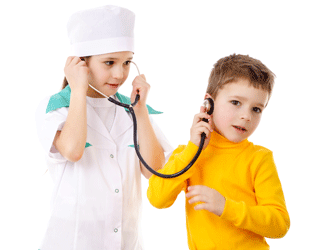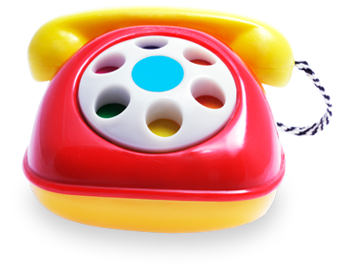We treat a variety of ear deformities that affect the ear’s structure, appearance, and/or function including:
- Birth defects in which a child is born with a partial ear (microtia) or complete absence of an ear (anotia).
- Ear deformity resulting from trauma, such as a sports injury. These are often called “cauliflower ears” and result from a buildup of blood, scar tissue, or cartilage.
- Protruding, large ears or unusually shaped ears for which cosmetic correction is desired.
Comprehensive Evaluation
A comprehensive evaluation gives us the information we need to determine your child’s needs. Our team of specialists may include pediatric plastic surgeons; ear, nose, and throat doctors (otolaryngologists); craniofacial orthodontists; audiologists; and speech-language pathologists.

